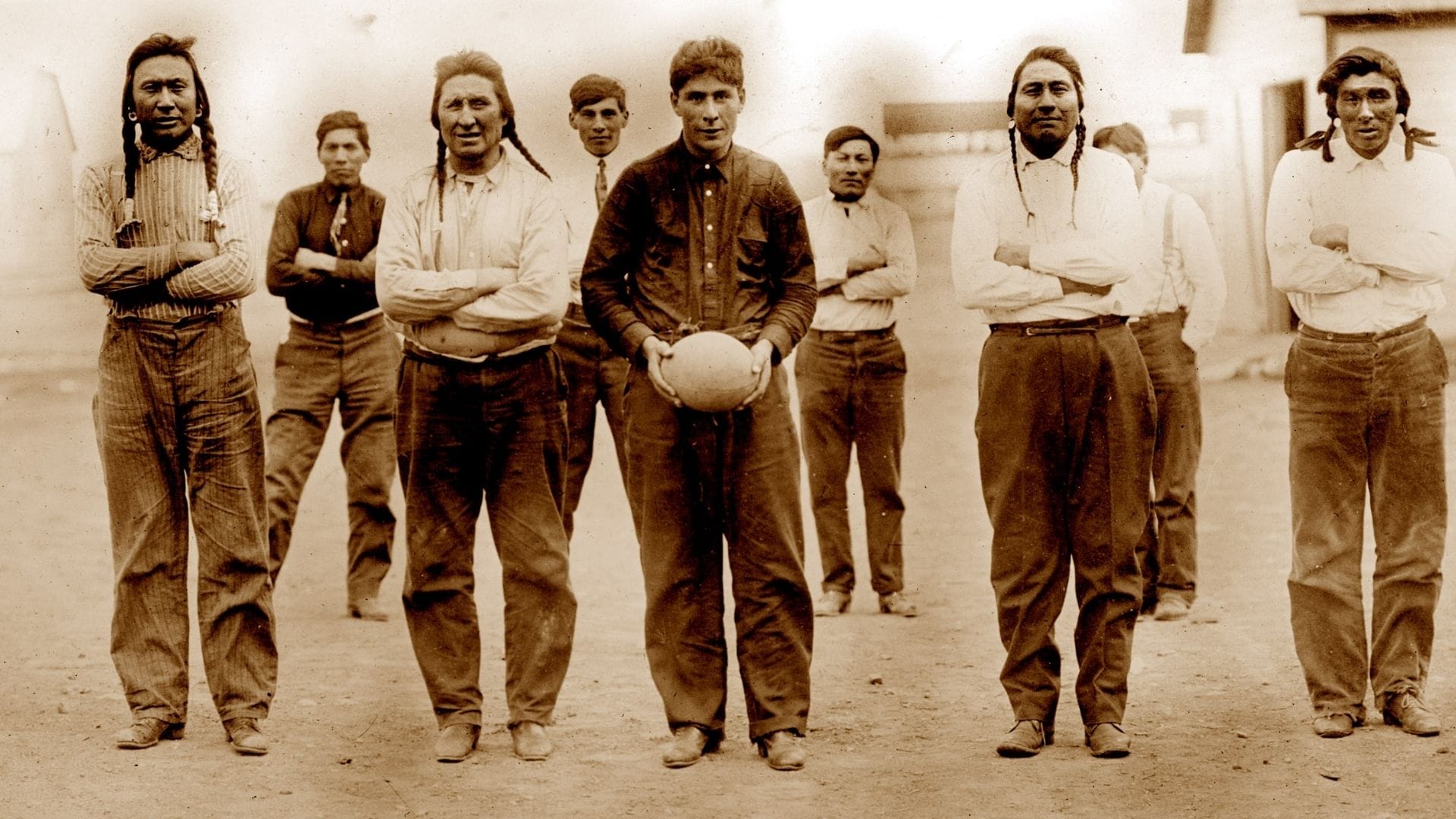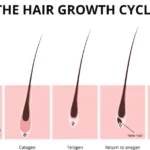The question of whether Native Americans can grow beards is a common one, often clouded by misconceptions. This article delves into the truth about Native American facial hair, exploring the science of genetics, the influence of cultural practices, and the historical context that shapes our understanding.
Genetics and Beard Growth in Native American Men
Can Native American men grow beards? The simple answer is yes. However, like all people, genetics plays a significant role in facial hair thickness and growth rate. Many Native American men possess genetic markers associated with less dense and slower-growing facial hair compared to some other populations. This predisposition doesn’t equate to an inability to grow beards, but it can result in finer, sparser growth, challenging the stereotype of the universally beardless Indigenous man. Importantly, significant variation exists among individuals and tribal groups.
Tribal variations contribute to the diverse facial hair patterns seen across Native American communities. While some tribes might exhibit generally sparser growth, others may have individuals capable of growing fuller beards. Even within the same tribe, genetic differences mean some men may sport thick beards, while others might have a light mustache or goatee. This reinforces the importance of recognizing individual variations rather than making broad generalizations.
Cultural Practices and Their Influence
Beyond genetics, cultural practices have played a significant role in shaping facial hair patterns. Historically, some Native American tribes practiced various hair removal methods, including plucking, using obsidian blades, or applying natural depilatories. These practices, sometimes misinterpreted as an inability to grow beards, often held symbolic meaning related to cultural or spiritual beliefs. Today, grooming practices vary widely among Native American men, reflecting evolving cultural norms and individual preferences. Some embrace beard growth, while others prefer clean-shaven looks, highlighting the dynamic nature of cultural influences. Explore the captivating history of the bald eagle airfield, a significant landmark that may have witnessed some of these evolving traditions.
Debunking the Myths Surrounding Native American Beards
Several persistent myths surround Native American facial hair. The most prevalent is the outright falsehood that Native Americans cannot grow beards. While facial hair density might differ on average compared to certain other populations, plenty of Native American men can and do grow impressive beards. Another misconception relates to hair texture. While often described as finer and softer, Native American facial hair can vary significantly, with some individuals exhibiting coarser, thicker growth. Finally, the claim that Native American men don’t develop grey beards is simply untrue. Like other populations, their facial hair can grey with age.
Modern Perspectives and Ongoing Research
Today, more and more Native American men are choosing to grow beards, embracing their individual preferences and challenging outdated stereotypes. This visual representation helps dismantle harmful misconceptions and celebrates the diversity within Indigenous communities. Ongoing research continues to explore the intersection of genetics and culture regarding facial hair. Scientists are investigating specific genes that influence hair thickness and distribution, while anthropologists delve into the historical and cultural significance of grooming practices. Some research even suggests possible links between diet, lifestyle, and hair growth, although further studies are needed to confirm these theories.
What Ethnicity Can’t Grow Facial Hair?
The belief that specific ethnicities can’t grow facial hair is a misconception. Genetics, not ethnicity, determines beard growth. All men, regardless of their background, have the potential for facial hair. Hormones, particularly testosterone, and age also play crucial roles. While some may experience slower or sparser growth, this isn’t linked to ethnicity but rather individual genetic variation. Ongoing research is constantly refining our understanding of the complex factors influencing beard growth. This emerging knowledge helps dispel outdated stereotypes and encourages a more nuanced appreciation of human diversity.
Can Eskimos Grow Beards?
Similar myths surround the ability of Eskimos (Inuit and Yupik peoples) to grow beards. While they may, on average, have less facial hair, this likely results from a combination of genetic predispositions, lifestyle factors, and historical cultural practices, including possible traditional hair removal for practical or cultural reasons. This doesn’t negate their ability to grow beards; rather, it reflects the complex interplay of nature and nurture. Ongoing research is further exploring these factors.
What Are the Most Common Native American Facial Features?
Native American facial features are diverse, reflecting a rich genetic heritage. While some traits, like high cheekbones and a prominent nose bridge, are often observed, it’s crucial to avoid generalizations. Straight dark hair and dark eyes are also common, but variations exist. Importantly, facial hair growth varies significantly due to genetics and cultural practices. Myths about limited growth are inaccurate and should be challenged. Understanding and appreciating Native American facial features requires acknowledging the diversity within these communities and rejecting stereotypes. Ongoing research continues to unravel the genetic and environmental factors that influence these traits.
Addressing the complexities of Native American facial hair requires moving beyond simplistic answers. By exploring genetics, cultural practices, historical context, and ongoing research, we can gain a more accurate and nuanced understanding. This approach fosters respect for individual differences, tribal variations, and the rich tapestry of Native American heritage.
- Unlocking 2-Letter Words with U: The Definitive Guide - April 4, 2025
- Unlock Words with the Letters THREE: Top Unscramble Tools 2025 - April 4, 2025
- Master Scrabble: X & Z Words for High Scores - April 4, 2025
















